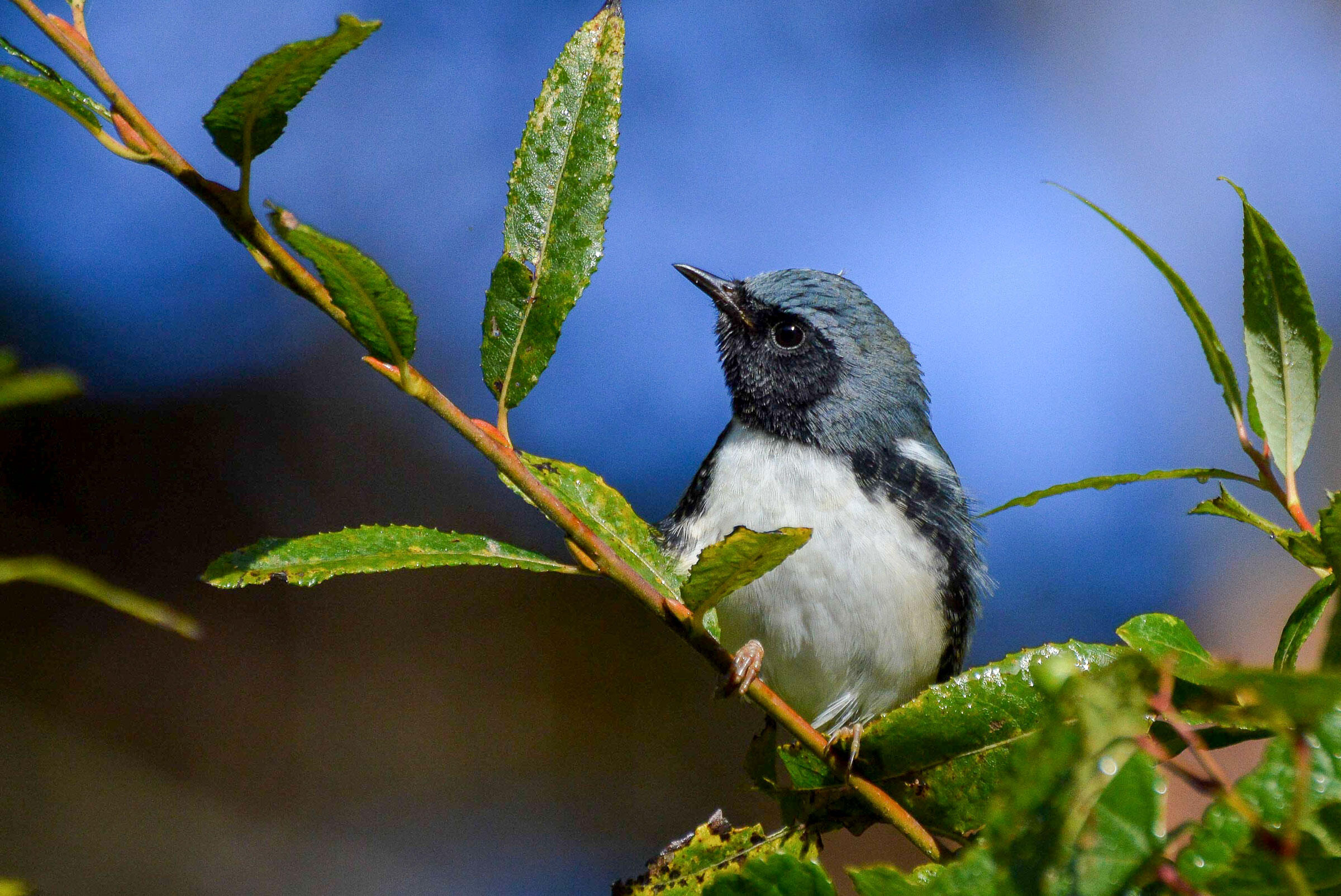Black-throated blue warbler is considered a species of concern because of its dependence on large, intact patches of forest during breeding season. Therefore, changes in the population dynamics of this species can be a good indicator of long-term ecosystem health and the impacts of climate changes.

There are 19 protocols that are used to monitor the indicator: Black-Throated Blue Warbler. The first three studies on the list below are the most common methods of monitoring in the Northeast region.
The impacts of climate indicators can be measured using different ecological metrics of quantification. The metrics used in a study can affect how it is designed and the questions that it can answer. The information below shows the types of metrics and number of associated protocols that are captured by the data represented in this project.